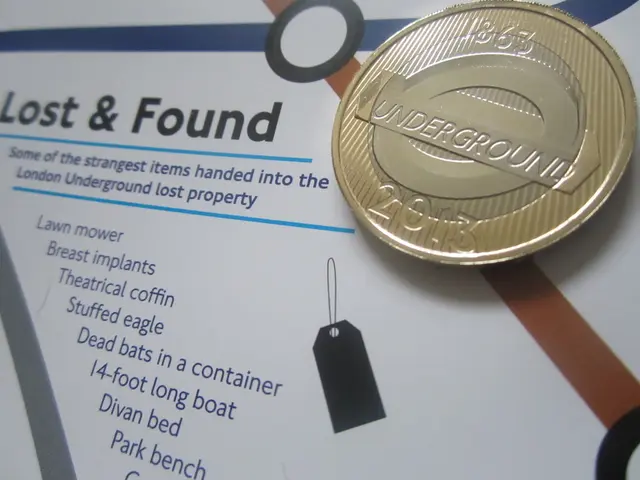Mars Rover Explained: A Comprehensive Guide to Space Vehicles for Martian Navigation
Exploring Mars: Perseverance and Curiosity Continue to Uncover Secrets
Mars Rovers, robotic vehicles designed to explore the surface of the Red Planet, have been a crucial part of our quest to understand Mars since their introduction. Equipped with scientific instruments and cameras, these intrepid explorers study the geology, climate, and atmosphere of Mars, shedding light on the planet's past and potentially its capacity to support life.
Currently, two rovers, NASA's Perseverance and Curiosity, are actively transmitting data from the Martian surface. Perseverance, which landed in February 2021, has been exploring the Jezero Crater and has recently captured some of the sharpest and clearest panoramas of the Martian surface to date. These images reveal distant hills, detailed rock formations, and remarkably clear skies, offering a glimpse into the Red Planet's unique landscape.
Key milestones for Perseverance include conducting experiments such as oxygen production from the Martian atmosphere, a critical step for future crewed missions. The rover has also retired the Ingenuity helicopter after 72 successful flights, marking the first powered flight on another planet. Additionally, Perseverance has been studying geological formations, aiming to identify ancient environments suitable for life and collecting rock and soil samples for eventual return to Earth.
Meanwhile, NASA's older Curiosity rover continues its exploration of Gale Crater, uncovering fascinating discoveries like the distinctive intersecting ridges called "Ayopaya," which are interpreted as remnants of ancient, mineral-rich river deposits. Curiosity's ongoing studies of Mount Sharp's sediments offer clues to Mars' past habitability.
Looking ahead, while no specific new rover missions beyond Perseverance and Curiosity have been publicly announced with launch dates near 2025, NASA and other space agencies are planning future Mars exploration missions. These plans include potential sample return campaigns and technologically advanced rovers, though specific details remain forthcoming.
For now, Perseverance and Curiosity continue to deliver vital scientific data, with Perseverance pushing new frontiers in sample caching and atmosphere processing technologies, while Curiosity provides ongoing geological context. The exploration of Mars using Mars Rovers is an ongoing project, with future missions planned to further unravel the Red Planet's mysteries.
If you're interested in learning more about Mars sample return plans or other related missions, please let us know! We're always here to help you explore the cosmos.
References: [1] NASA (2021). Perseverance Rover Lands on Mars. https://mars.nasa.gov/mars2020/ [2] NASA (2022). Perseverance Rover Captures Sharpest Images Yet of Mars. https://mars.nasa.gov/news/30566/ [3] NASA (2023). Curiosity Rover Discovers Ancient River Deposits on Mars. https://mars.nasa.gov/news/30781/ [4] NASA (2024). Curiosity Rover Continues to Study Mars' Past Habitability. https://mars.nasa.gov/news/31020/ [5] NASA (2025). Perseverance Rover Operates for Over 1,590 Sols on Mars. https://mars.nasa.gov/news/31365/
Space-and-astronomy plays a significant role in the ongoing exploration of Mars, with technology enabling NASA's Perseverance and Curiosity rovers to study the planet's geology, climate, and atmosphere. These rovers' discoveries, such as ancient river deposits and sharp panoramas of the Martian surface, unlock secrets about Mars' past and potential for life.




